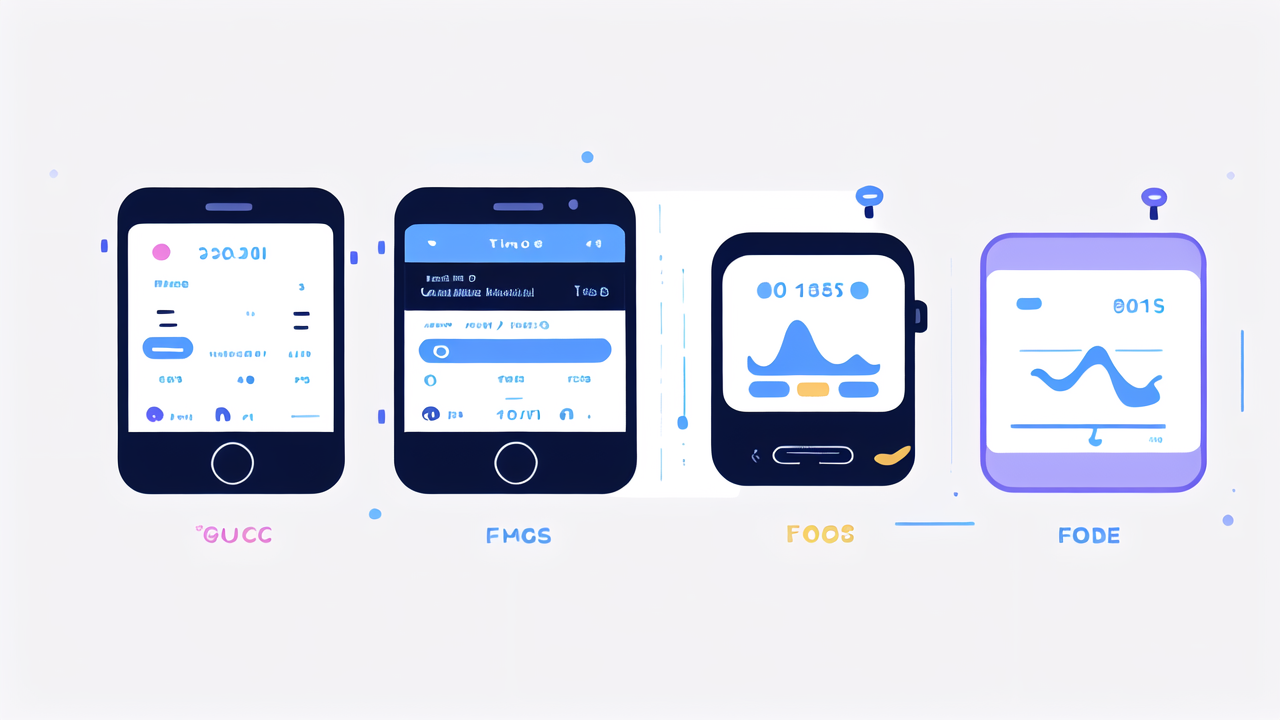The Rise of Smart Wearables in the United States Market
Examining the Growth of the Wearable Technology Industry
The wearable tech industry has seen rapid growth in the US. Smart watches and fitness trackers lead the way. Sales have surged in recent years, with millions of devices sold annually. Consumers embrace these gadgets for health tracking and convenience. The market is expected to keep expanding as tech improves. Key drivers include health awareness and the need for seamless connectivity. Companies are investing heavily in R&D to meet growing demand. This sector is now a major part of the consumer electronics landscape.

Key Players and Products Shaping the Market
Several companies dominate the US wearable tech market:
- Apple: Leading with the Apple Watch series
- Fitbit: Known for fitness trackers and smartwatches
- Samsung: Offering Galaxy Watch and fitness bands
- Garmin: Popular among athletes for sports watches
- Google: Entering the market with Pixel Watch
These brands constantly innovate, adding new features to their products. Health monitoring, GPS, and mobile payments are now standard. Competition drives rapid advancements in battery life and sensor technology. Smaller players also contribute with niche products for specific needs. The market's diversity caters to a wide range of consumer preferences.
The Impact of Mobile Connectivity on Wearable Devices
Mobile connectivity has revolutionized wearable tech. It allows devices to function independently of smartphones. 4G and 5G enable real-time data transfer and communication. Users can make calls, send messages, and stream music directly from their wrists. This connectivity enhances the utility of wearables in daily life. It's especially useful for fitness tracking and health monitoring. Emergency features like fall detection rely on constant connectivity. As networks improve, wearables become more powerful and versatile. This trend is likely to continue, making wearables even more indispensable.
Innovative Technologies in Wearable Apparel
Advancements in Fabric Tech for Better Performance
Smart fabrics are changing the game in wearable tech. These materials can sense and react to environmental changes. Some fabrics regulate temperature, keeping wearers comfortable in any weather. Others wick away moisture for better athletic performance. Conductive threads allow for seamless integration of electronics. This enables features like touch controls on jacket sleeves. Self-cleaning fabrics use nanotechnology to repel stains and odors. Researchers are developing fabrics that can harvest energy from movement. These innovations are making clothing more functional and adaptive.

The Integration of AI and Machine Learning in Wearables
AI and machine learning are making wearables smarter. These technologies enable devices to learn from user behavior. This leads to more personalized experiences and insights. For example, smart watches can now detect irregular heart rhythms. They can also predict potential health issues based on data patterns. In fitness, AI coaches provide real-time workout guidance. Machine learning algorithms improve sleep tracking accuracy. Voice assistants become more context-aware and helpful. As AI advances, wearables will offer even more proactive and tailored services.
Fashion and Function: Blending Aesthetics with Technology
Wearable tech is no longer just about function. It's also about style. Designers are creating devices that look like fashionable accessories. Smart rings and bracelets offer discreet functionality. High-end watch makers are entering the smartwatch market. This brings luxury design to tech-savvy consumers. Fashion brands are partnering with tech companies. They create stylish cases and bands for popular devices. Some clothes now have hidden tech features. These include touch-sensitive areas for controlling music or phones. The goal is to make tech seamlessly blend with personal style.
Regulatory and Ethical Considerations in Wearable Tech
Navigating the Regulatory Landscape for Wearable Devices
Wearable tech faces a complex regulatory environment. Health-related features often require FDA approval. This ensures the safety and accuracy of medical claims. Privacy laws like GDPR affect how companies handle user data. Wearables collect sensitive information, so compliance is crucial. Some countries have specific rules for wireless devices. These cover radio frequencies and electromagnetic emissions. As wearables evolve, regulations struggle to keep pace. Companies must stay informed about changing laws across different markets. Compliance can be challenging but is essential for consumer trust and legal operation.

Ethical Implications of Wearable Technologies in Consumer Protection
Wearable tech raises important ethical questions. Privacy is a major concern, as these devices collect personal data. Users may not fully understand how their information is used. There's a risk of data breaches or unauthorized access. Constant health monitoring could lead to anxiety or overreliance on devices. There are concerns about the accuracy of health data and its use by insurers. The digital divide may widen as advanced wearables become more expensive. Companies must balance innovation with ethical considerations. Transparency in data practices and user control are becoming more important.
The Future of Wearable Technology: Predictions and Trends to Watch
The future of wearable tech looks promising and diverse. Here are some trends to watch:
- Increased focus on mental health monitoring
- Development of more discreet, implantable devices
- Expansion of augmented reality in everyday wearables
- Integration with smart home systems for seamless living
- Advanced biometric security features
- Biodegradable materials for eco-friendly wearables
- Expansion into new areas like eldercare and child safety
As technology advances, wearables will become more powerful and integrated into daily life. They may evolve beyond accessories to become essential tools for health and productivity. The key will be balancing utility with privacy and ethical considerations. The wearable tech industry is poised for continued growth and innovation in the coming years.




Leave a comment
This site is protected by hCaptcha and the hCaptcha Privacy Policy and Terms of Service apply.